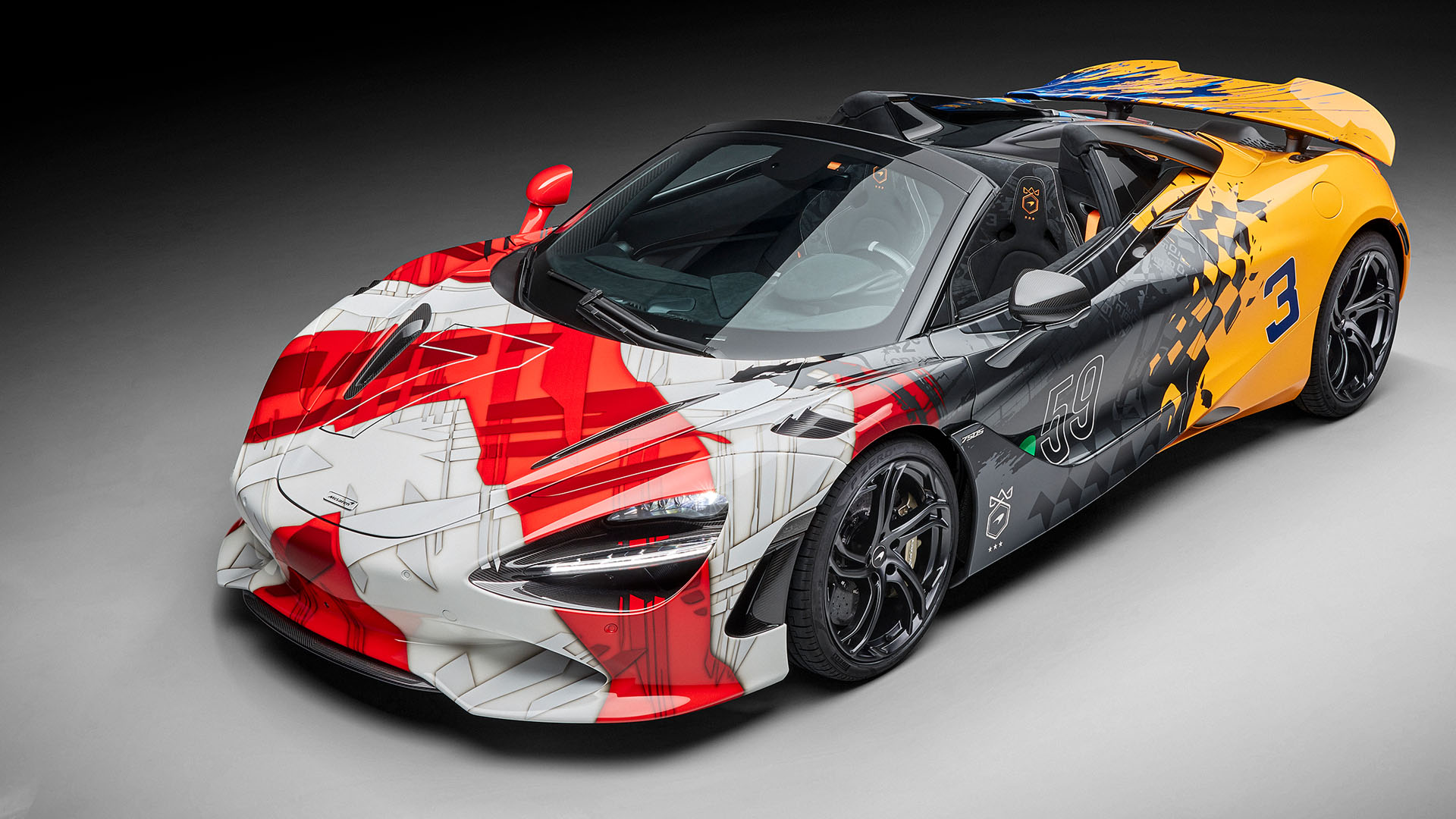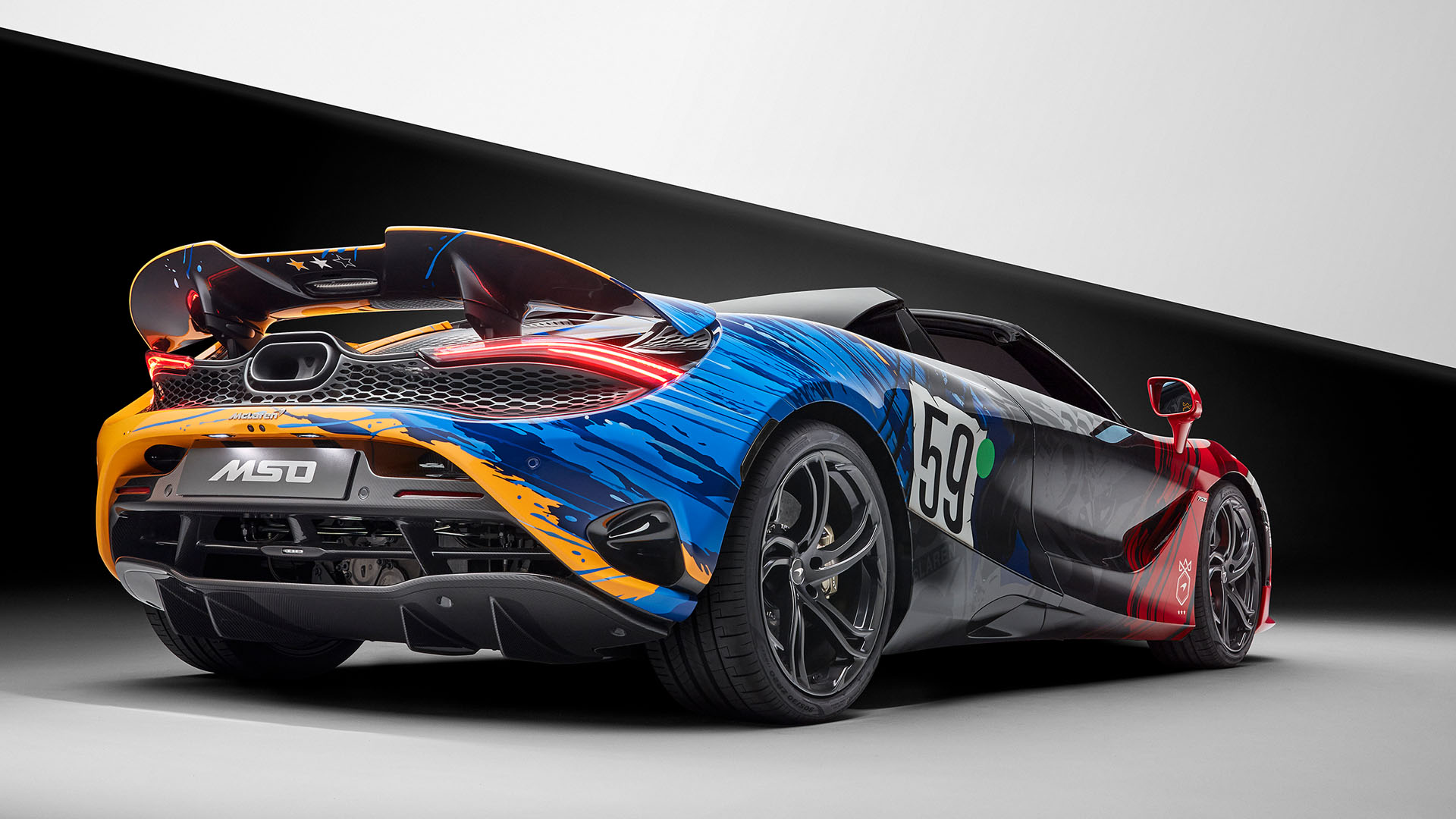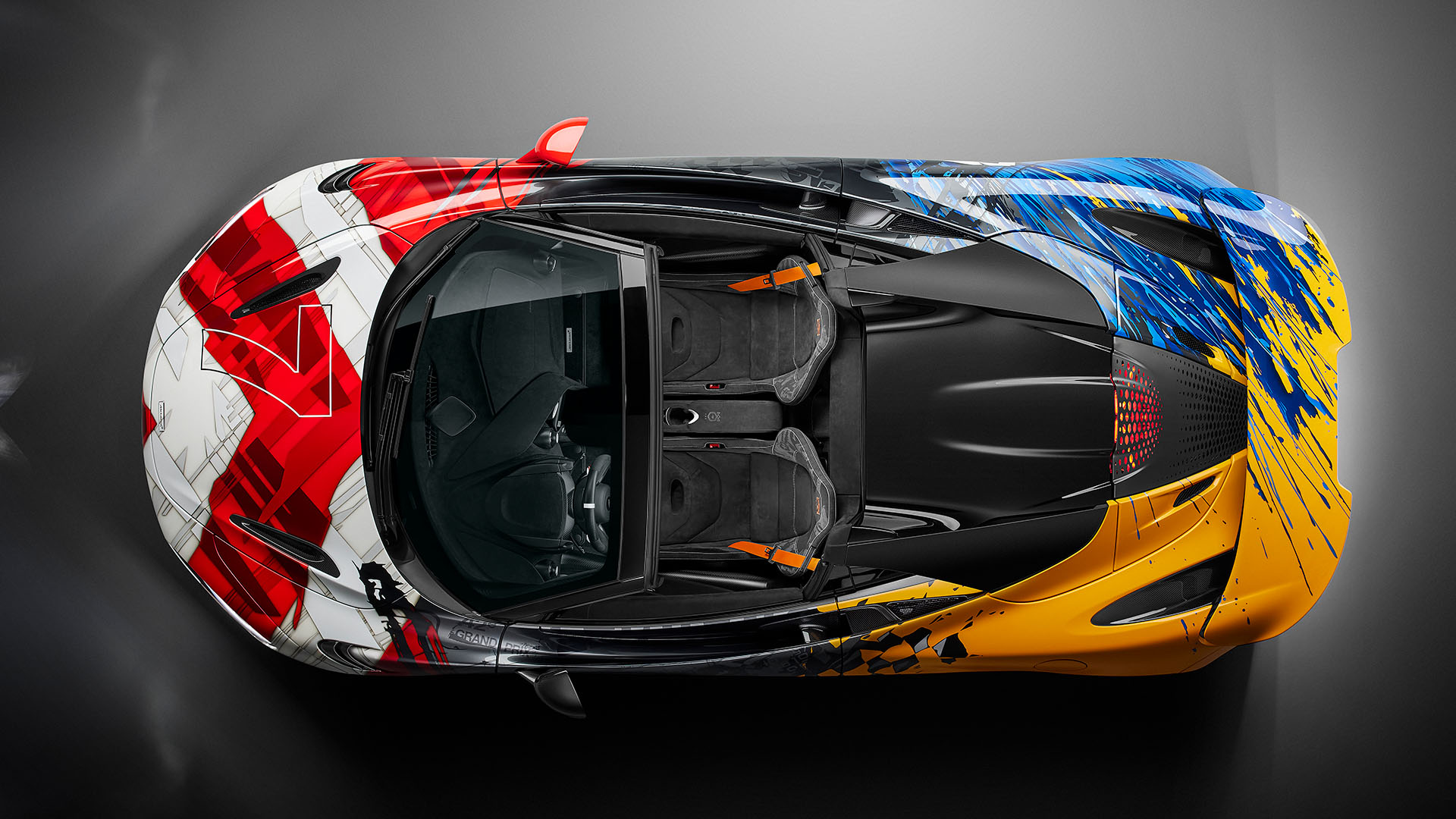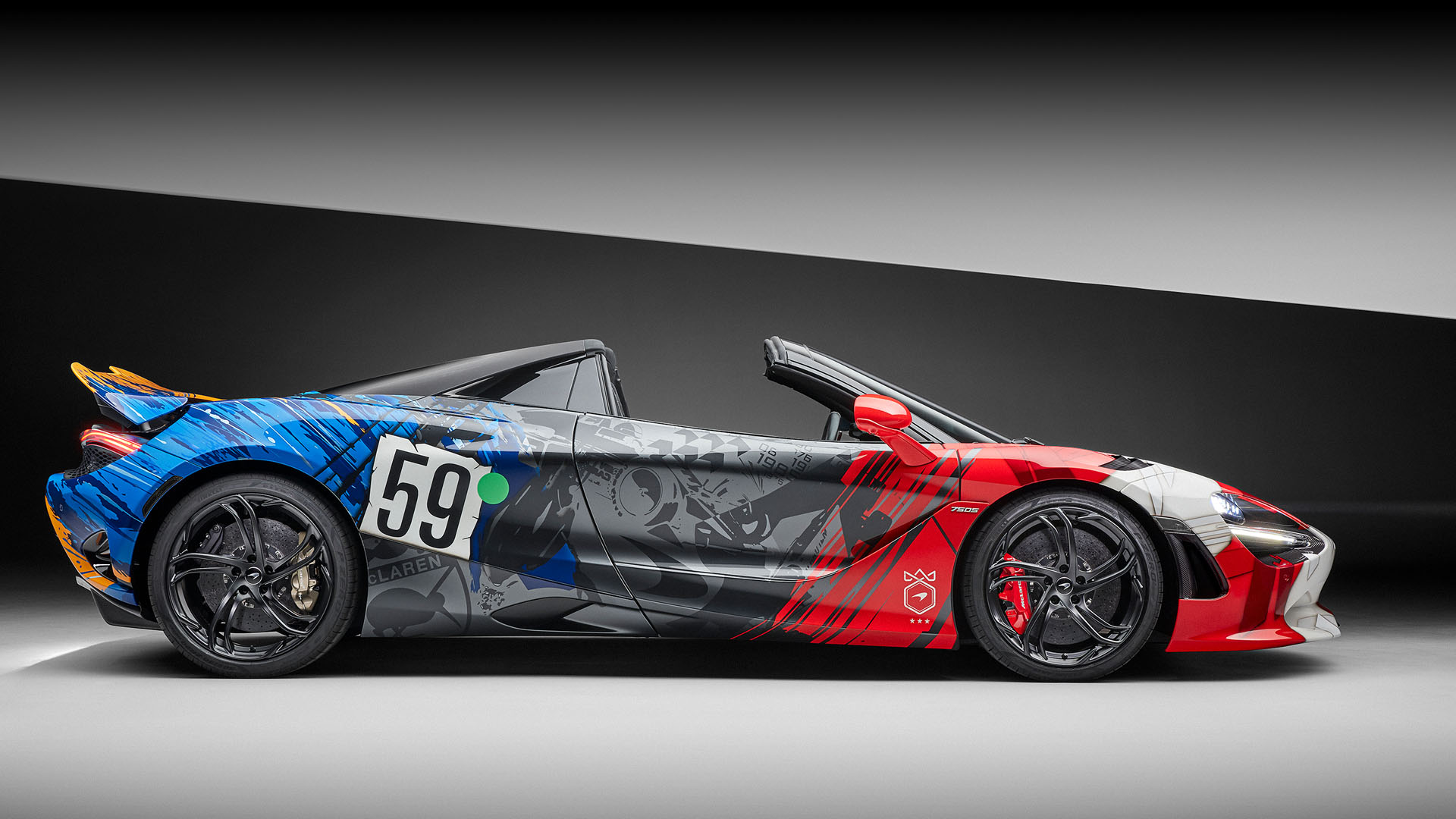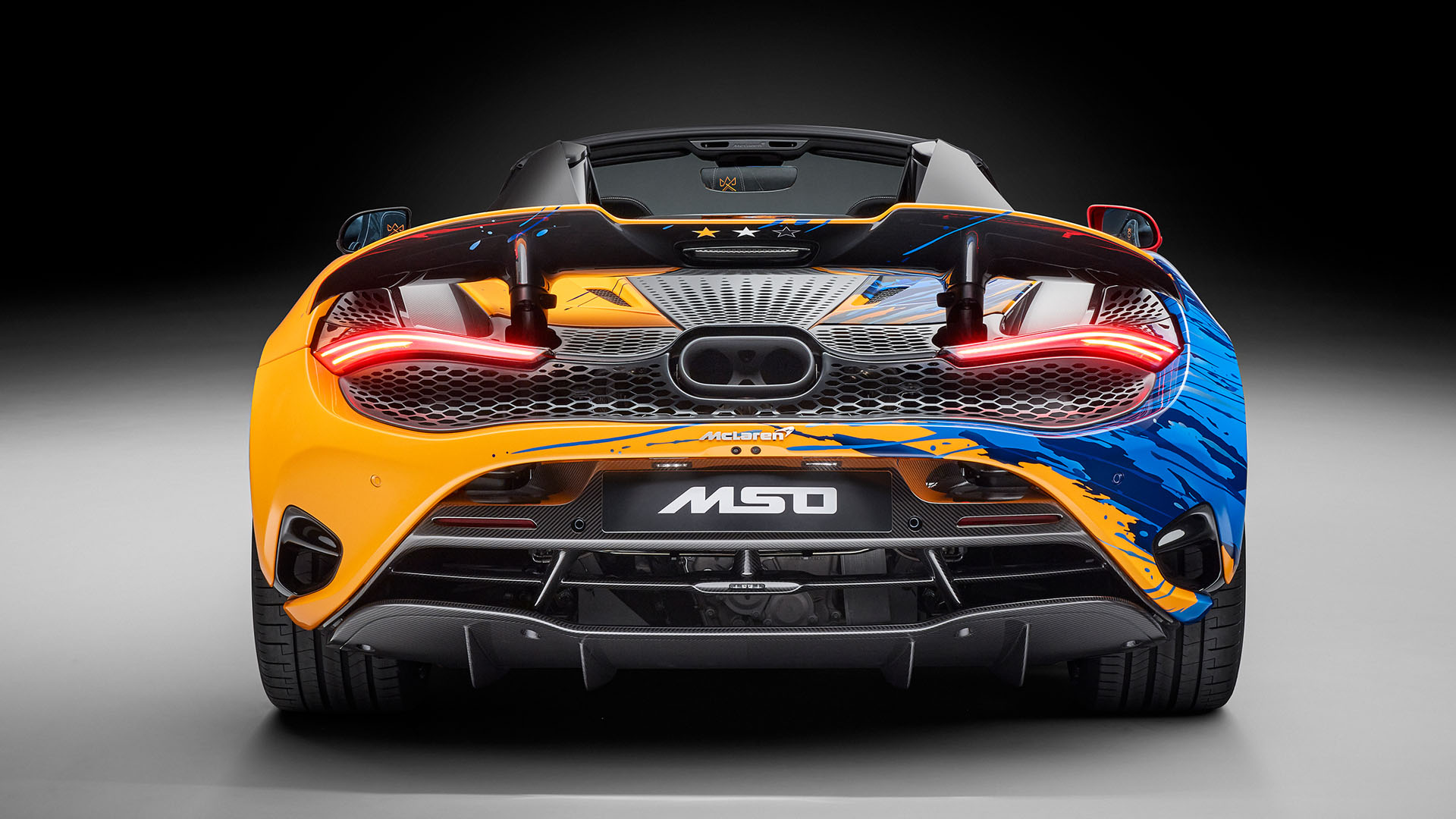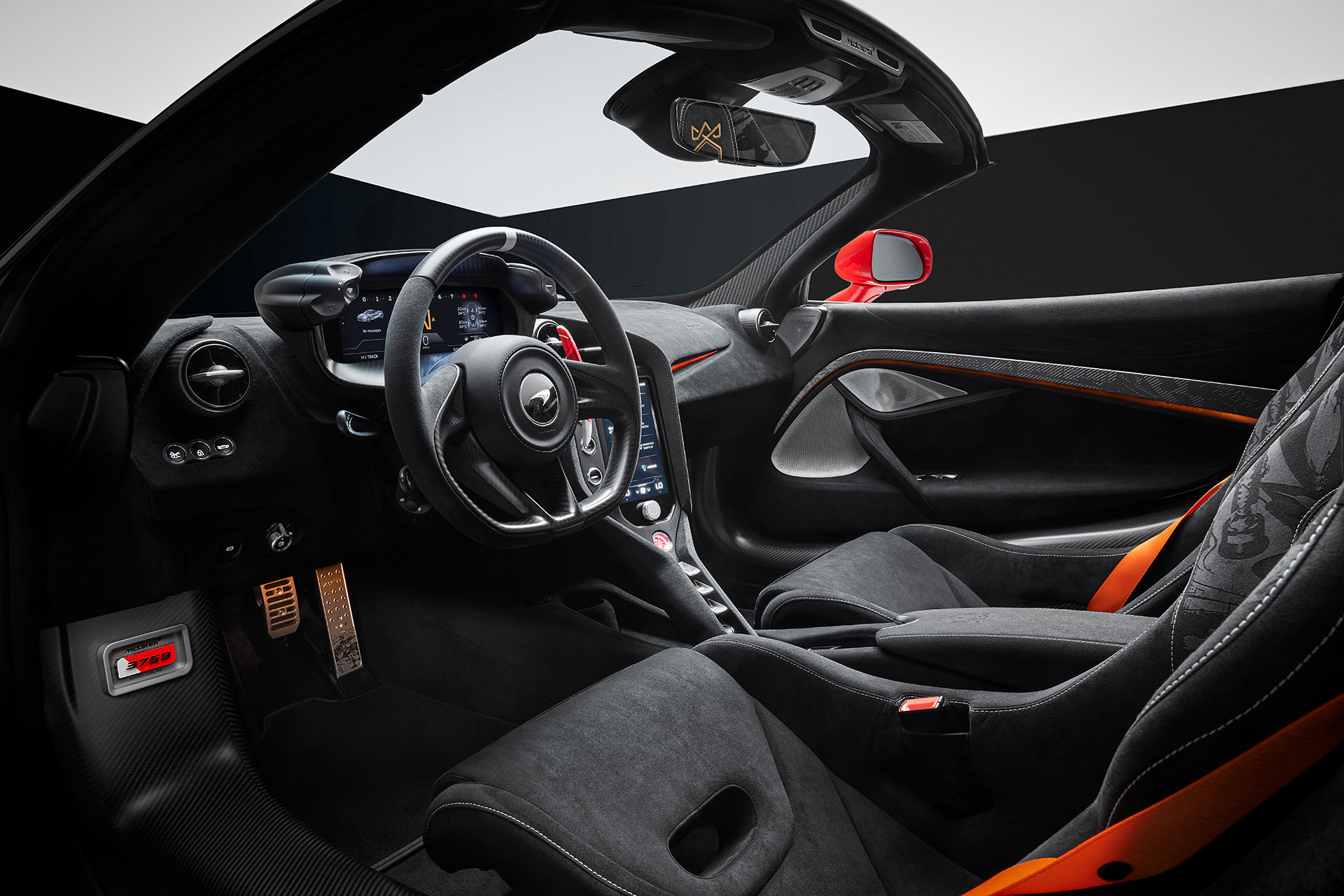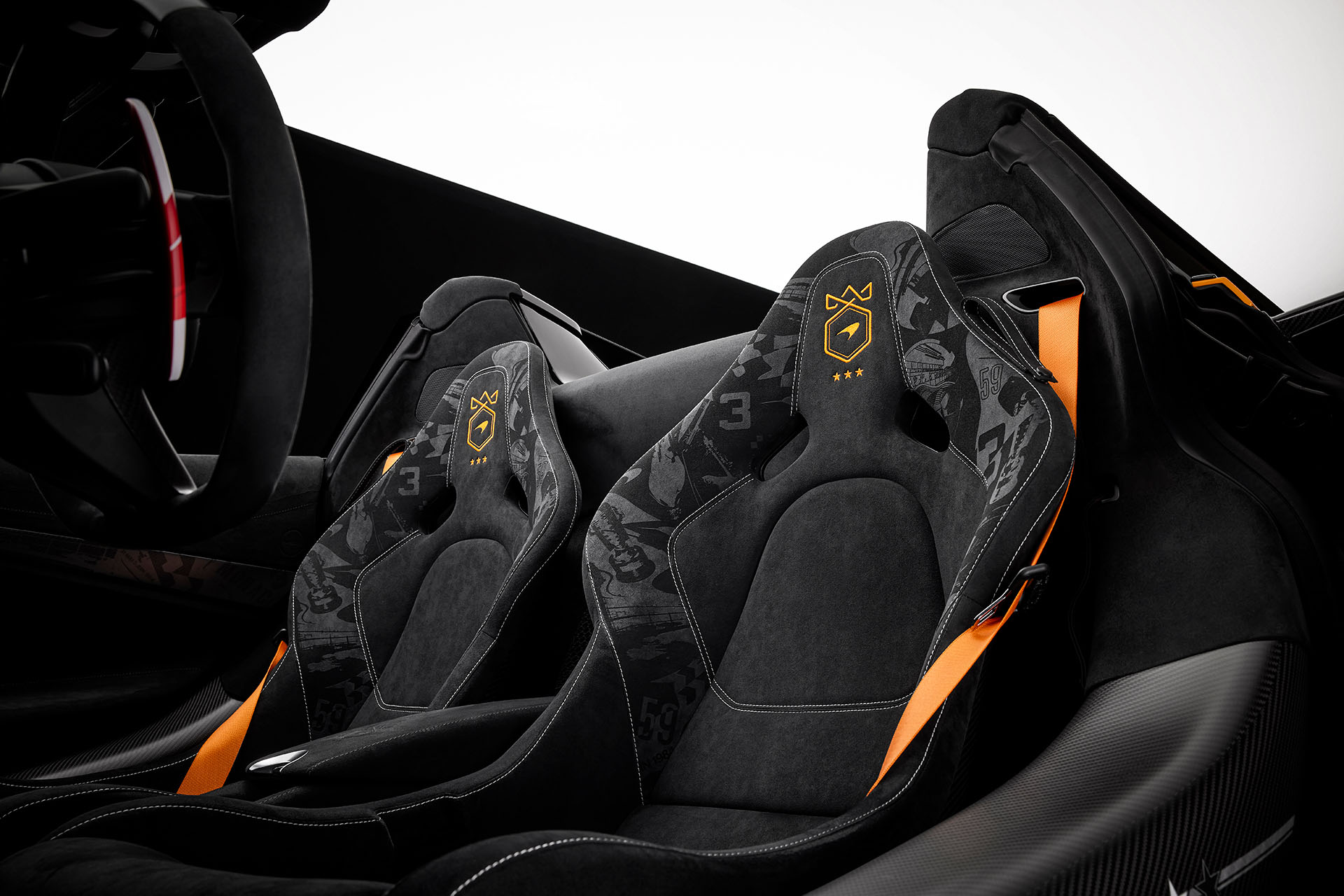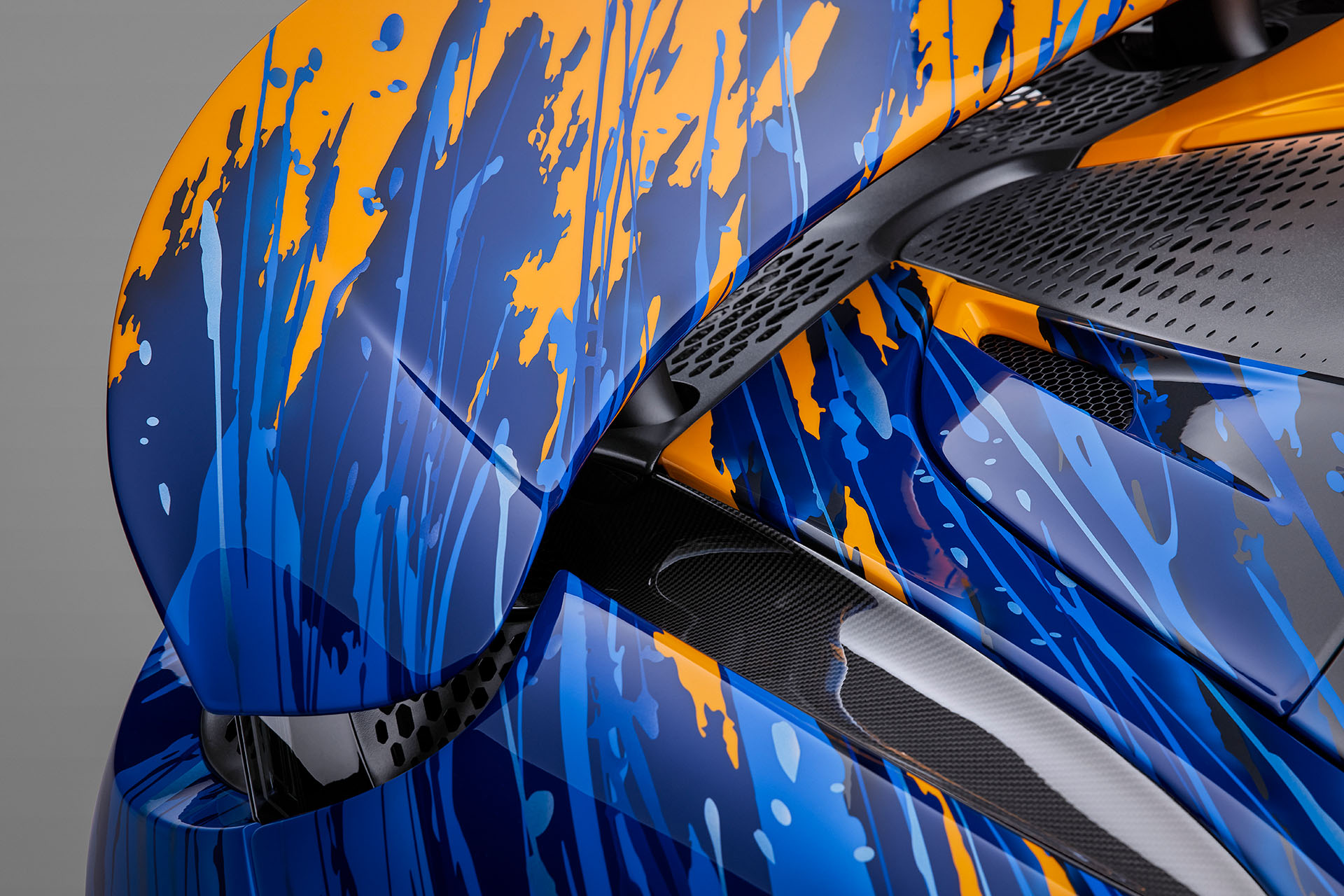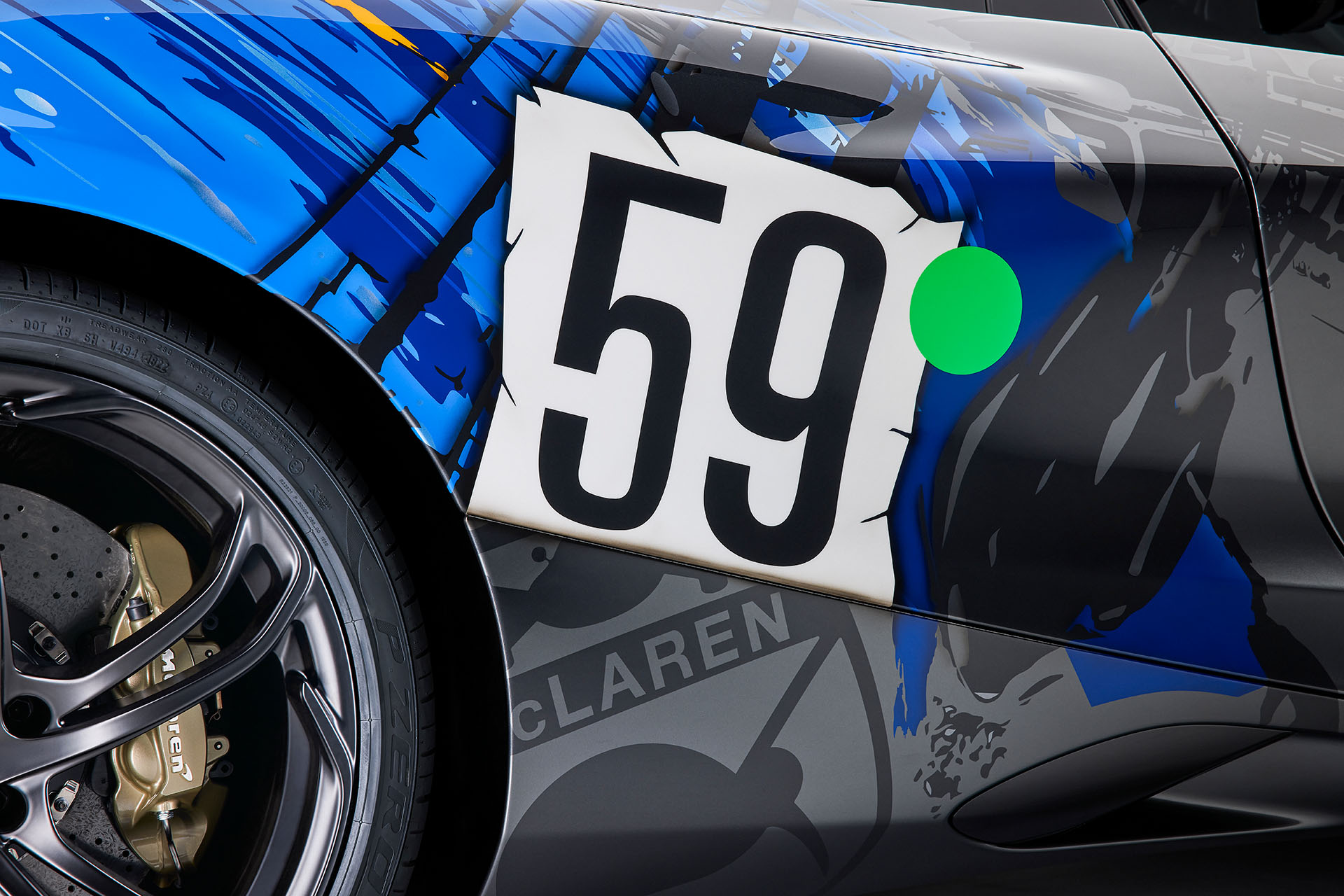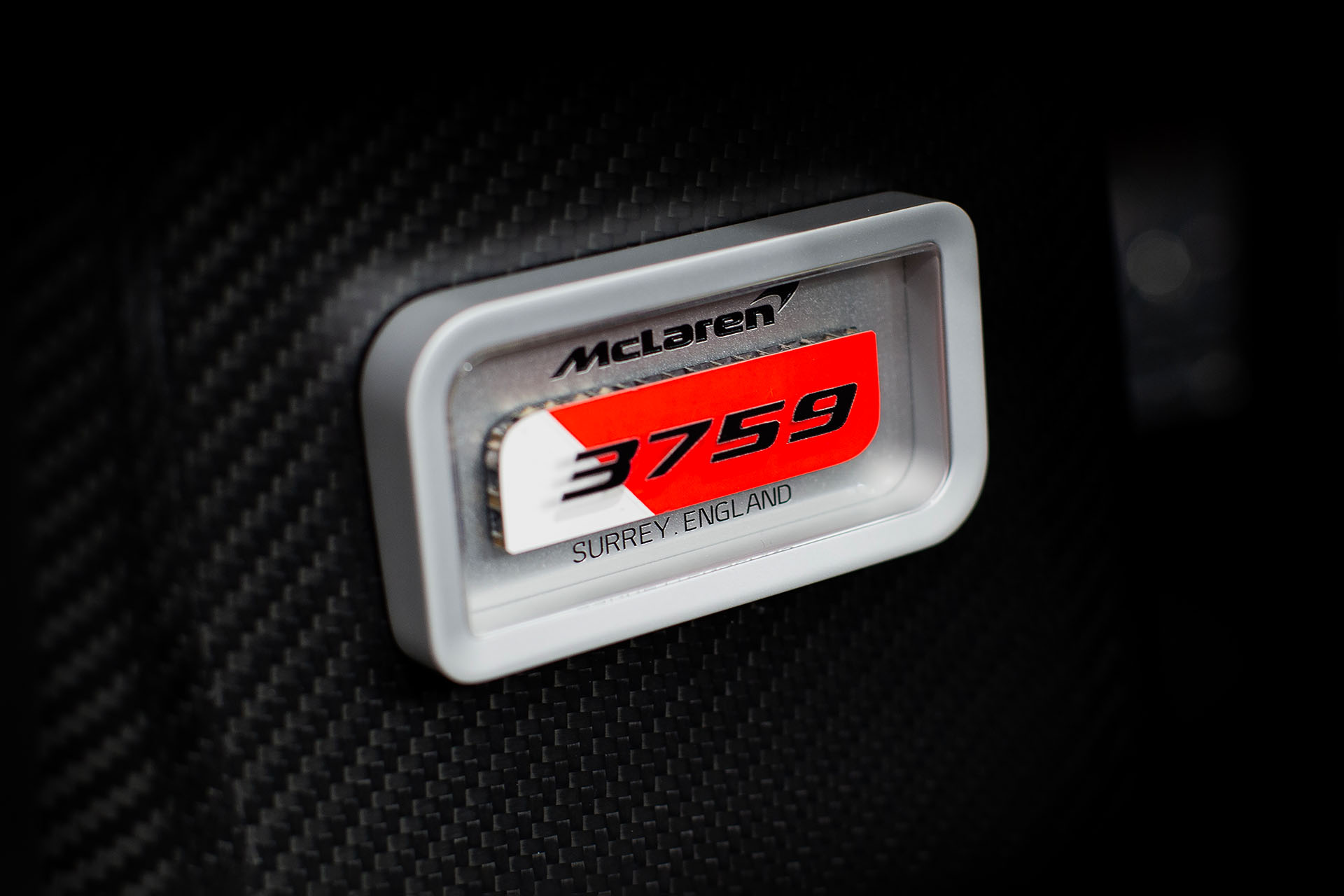Check out the McLaren 750S with the 3-7-59 design

McLaren Automotive has unveiled its most sophisticated and sophisticated bespoke livery ever – the astonishingly complex 3-7-59 Theme. The theme, implemented by McLaren Special Operations (MSO)’s experienced paint technicians, was showcased on a very special McLaren 750S supercar, driven today by McLaren F1 driver Lando Norris, McLaren IndyCar driver Pato O’Ward and former McLaren F1 driver Derek Bell, who twice took part in the 24 Hours of Le Mans in a McLaren F1 GTR. The driver trio was joined by Michael McDonagh, Head of MSO and Motorsport at McLaren Automotive.
Publicly unveiled at the Velocity International luxury motorsports festival held at Sonoma Raceway in the USA, the 3-7-59 is a stunning tribute to McLaren’s unique success in winning motorsport’s unofficial ‘Triple Crown’ of victories at the Indianapolis 500 , the Monaco Grand Prix and the 24 Hours of Le Mans. Its unveiling is considered one of the most memorable moments of the 60th anniversary yearTh Anniversary of the founding of McLaren in 1963. The painting requires more than 1200 hours. Six customer cars will be created with unique variations on the 3-7-59 design, all either a 750S coupe or a Spider, and all already sold.
“As we celebrate the 60th anniversary of McLaren’s founding, we naturally reflect on our legacy of pushing boundaries, both in motorsport and more recently in supercar and hypercar excellence. The 3-7-59 theme is inspired by both realms and serves as a showcase of extreme performance that pays tribute to our Triple Crown success. The most ambitious project McLaren Special Operations has ever undertaken is a truly impressive expression of McLaren’s industry-leading painting expertise on a supercar that sets new standards in its class.” Michael Leiters, CEO of McLaren Automotive
The name 3-7-59 Theme is a nod to the racing numbers worn by the winning McLarens in each of the three Triple Crown victories: the “3” on the M16D driven by Johnny Rutherford in the 1974 Indy 500; the “7” of Alain Prost’s Monaco-winning 1984 McLaren MP4/2; and the “59” as seen on the McLaren F1 GTR driven to victory at Le Mans in 1995 by Yannick Dalmas, Masanori Sekiya and JJ Lehto.
Just as the incredible cars that won these races and the “Triple Crown” achievement are both remarkable and iconic, so is the 3-7-59 theme that reflects the liveries of the three winning cars and makes them A vibrant collage with illustrated details combines the three races and the cars that won them throughout.
The 3-7-59 Theme takes McLaren’s paint options to a new level, integrating more than 20 colors to create the car’s striking exterior. To achieve the amazing depth and detail in each car, McLaren Special Operations paint technicians have drawn on decades of combined experience and techniques developed while completing previous one-off customer jobs. The Triple Crown story that the 3-7-59 theme tells begins for the driver before he even gets into the car. The keychain features hand-painted artwork that mimics the car’s multi-colored exterior. The front of the car itself is inspired by the white and red livery of the McLaren MP4/2, with that car’s racing number ‘7’ displayed on the bonnet and subtly integrated into the expressive ‘shattered’ interpretation of the F1 car’s livery.
Both sides of the 3-7-59 motif pay homage to the McLaren F1 GTR that won Le Mans in 1995, with its gray livery and racing number “59” and even the bright green dot on the car indicating its participation the GT1 class of the famous 24-hour race. Other exquisite details within the livery that tell McLaren’s Triple Crown story include hidden “Easter Eggs” that reference the cars that won the races, the select years in which McLaren competed in a Triple Crown Event triumphed, and the development of the McLaren logo Original McLaren Racing crest into the “Speedmark” used today.
Inspired by the McLaren M16D, the rear third of the 3-7-59 design is predominantly based on the orange color of the 1974 Indy 500 winner, but like the racing car itself, bears the number “3” in blue. On the M16D’s racing number side, the orange paint blends into the gray color scheme of the F1 GTR through a swirling checkered flag effect, perfectly painted with incredible attention to detail.
On the other side of the car, a twist was added using a new technique developed by MSO: a striking blue “splatter” inspired by the color of the race number, created using a vector process and extending across the entire car. This process uses a scanned splatter created on the canvas as a template for the painting effect, which is then upscaled. The use of four shades of blue in the splash guard gives it a three-dimensional look, despite being completely flush with the vehicle surface.
The ultra-light Vortex alloy wheels in Satin Black are wrapped in alternating blue, red and Le Mans Gold brake calipers, providing a further nod to the three Triple Crown winning cars.
In addition to the stunning craftsmanship evident in the 3-7-59’s bodywork, MSO engineers also incorporated hidden and interactive new features. There are three QR codes in the livery – exterior and interior – each of which provides a live portal to a website with detailed information about the vehicle. When exposed to a certain amount of light and at a certain angle, a reflected “3-7-59” motif lights up on the bracket that houses the LED running lights in the headlight bracket. And at the rear, an electrochromic MSO logo illuminates the brake light mounted on the underside of the air brake.
By experimenting with new materials, McLaren has created exterior details using silver leaf. On the lower door on either side of the 750S, the 3-7-59 design features a Triple Crown logo in silver with a wonderful patina finish, applied using McLaren’s own proprietary gilding techniques to achieve the desired effect – one of several special uses of the sign throughout the vehicle.
Triple Crown logo designs are integrated into the vehicle’s interior, stitched in McLaren Orange into the headrests of the vehicle’s standard carbon fiber racing seats and embossed into the center armrest. The seats feature further Triple Crown artwork etched in graphite Alcantara with white contrast stitching.
The interior also features exposed carbon fiber door panels painted with the same motif as the seats. a painted 12 o’clock mark on the steering wheel rim; and hand-painted extended carbon fiber paddle shifters inspired by the red and white “shattered” paint that adorns the nose of the 3-7-59, in homage to the McLaren MP4/2.
The 3-7-59 also has unique features beyond eye level. The pedals, which feature laser-etched motifs that match some paint details on the vehicle’s exterior, are finished with a ceramic coating and white, black and orange Triple Crown stars. The same stars are painted on the visible carbon fiber door sills. Once the doors are opened, one discovers a third hidden detail – the car’s dedication plaque, which is a unique and special tribute to McLaren’s successes in Formula 1 and the Monaco Grand Prix and is a genuine piece of red and white McLaren Formula 1 -Car made of carbon fiber shows body.

